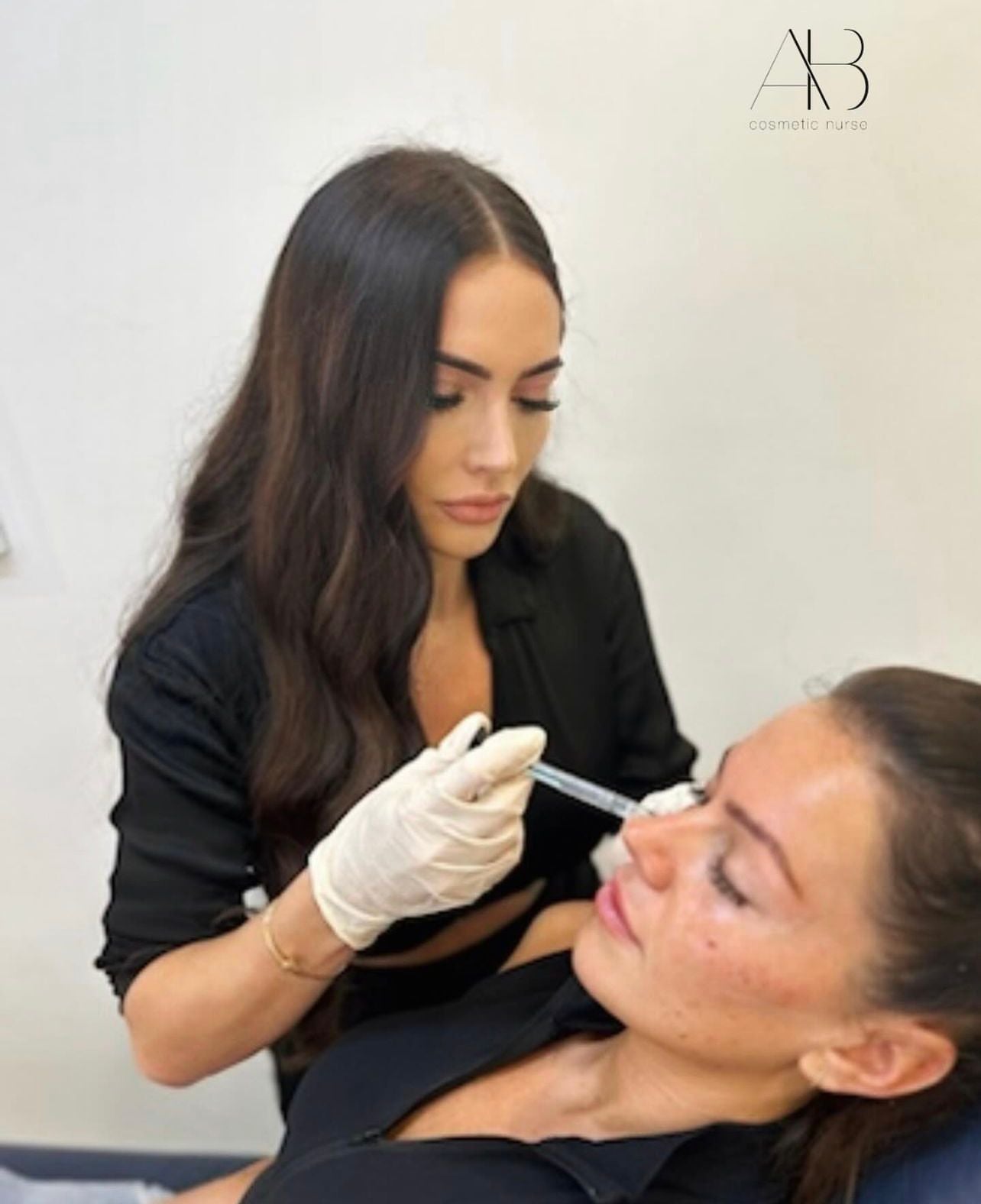Temple Dermal Fillers
Treating the temples with dermal filler is a cosmetic procedure used to address volume loss in the temple area, which can occur naturally due to aging. The temples are the hollow regions on the sides of the forehead, near the eyes. As we age, fat, bone, and muscle in this area diminish, leading to a more sunken appearance. This can give the face a gaunt, tired look and accentuate wrinkles or skin laxity.
Purpose of Temple Filler:
Restoring Volume: Temple fillers help restore the natural, youthful contour by adding volume to the hollowed areas.
Balancing Facial Proportions: This treatment can improve the overall harmony of the face by creating a smoother transition between the forehead, eyes, and cheeks.
Minimizing Wrinkles: Volume restoration can help reduce fine lines or wrinkles that develop around the temples and eye area.
Procedure:
Assessment: A professional (usually a dermatologist or aesthetic practitioner) first evaluates the area to determine the amount of volume loss and the appropriate filler type.
Type of Filler: Hyaluronic acid fillers (like Juvéderm or Restylane) or longer-lasting fillers like Radiesse or Sculptra may be used, depending on the individual's needs.
Injection: After cleaning the area and applying a local anaesthetic or numbing cream, the filler is injected into the temple area using a small needle or cannula.
Sculpting: The practitioner may gently massage the area to ensure even distribution of the filler.
Recovery: The procedure is minimally invasive, with little downtime. Some mild swelling or bruising might occur but usually subsides within a few days.
Benefits:
- Quick and relatively painless with minimal recovery time.
- Immediate results, which improve as any swelling goes down.
- Can last between 6 months to 2 years, depending on the filler used.
Overall, temple fillers are a popular and effective way to rejuvenate the face and restore a more youthful appearance with subtle but impactful changes.
FAQs
Is the procedure painful?
The procedure is generally well-tolerated. Most practitioners use a local anesthetic to numb the area and minimize discomfort during the injection. You may experience some mild discomfort or pressure, but it should be manageable.
How long does the treatment take?
Temple filler injections typically take about 30 minutes, depending on the extent of treatment and the amount of filler needed.
What should I expect immediately after the procedure?
You may experience some swelling, redness, or minor bruising at the injection sites. These effects are usually temporary and subside within a few days. Your practitioner will provide specific aftercare instructions to help manage these symptoms.
How soon will I see results?
Initial results can be seen immediately after the procedure. Full results typically develop within a few weeks as any swelling subsides, and the filler integrates with the surrounding tissue.
How long do the results last?
The results of temple dermal filler can last from 9 to 18 months, depending on the type of filler used, individual metabolism, and lifestyle factors. Maintenance treatments can help prolong the effects.
Are there any risks or side effects?
Common side effects include swelling, redness, and bruising at the injection site.
What should I do to prepare for the procedure?
To minimize the risk of bruising, avoid blood-thinning medications and supplements, such as aspirin and vitamin E, for a few days before the procedure. Follow any specific instructions provided by your practitioner.
What aftercare is required?
Post-treatment care typically involves avoiding strenuous activities, excessive sun exposure, and heavy makeup for a few days. Following your practitioner’s aftercare instructions will help ensure optimal results and minimize side effects.

